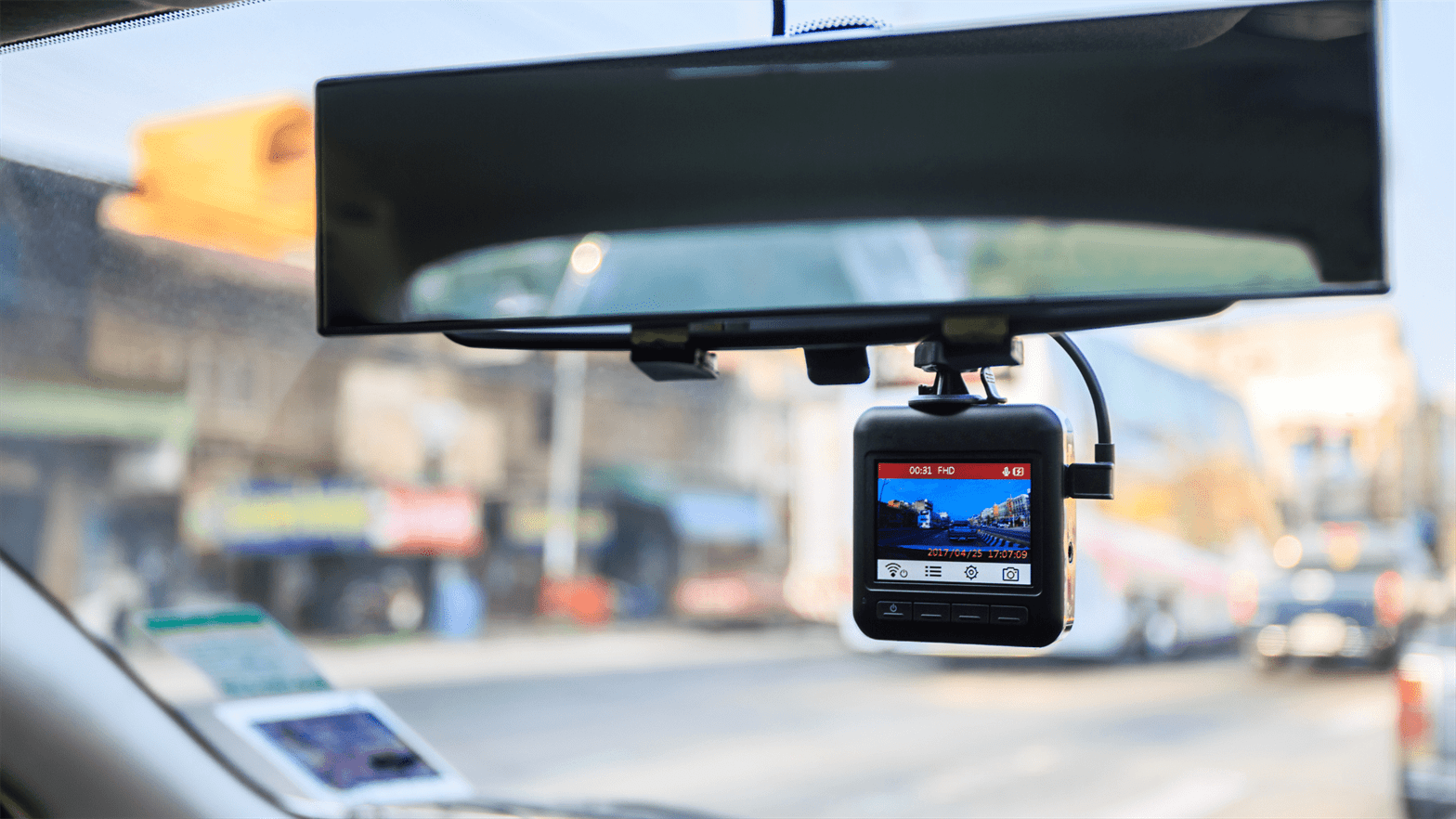While dash cams have been available for personal use for some time, they are becoming increasingly popular in commercial fleets. Businesses large and small have realized the value that dash cams provide, not only to vehicles and drivers, but to business operations and ultimately, a company’s bottom line.
What are Dash Cams?
Dashboard cameras, or dash cams, are specially-designed to record the actions taking place both inside and outside of a vehicle. Dash cams can mount to the dashboard (or windshield) and can either face forward on the road ahead, inwards towards the driver and cab, or both. There are also dash cams that operate on the outside periphery of the vehicle to identify potential risks.
Dash cam footage can be used for a variety of purposes, from keeping track of an employee’s driving performance to providing evidence in case of an accident or theft.
The Benefits of Commercial Dash Cams
For commercial fleets, having a dash cam installed offers many benefits. Fleets can monitor driver performance more easily and accurately than ever before; this helps ensure that drivers are following safety protocols and driving responsibly while out on the roads.
In fact, dash cam solutions with event-based triggers have contributed to an estimated reduction in fatal crashes by 20%, and injuries due to a crash by 35%, according to the Virginia Tech Transportation Institute (VTTI).
In addition, dash cams allow fleet managers to monitor their vehicles from a central platform, enabling them to communicate with drivers in real-time. Having dash cams in every fleet vehicle also provides an added level of security in the event of theft, vandalism or misuse; instant footage from dash cams offers an invaluable tool for law enforcement and fleet managers alike.
The Process of Installing a Dash Cam
Dash cameras mount securely to the required areas in and/or around your vehicles according to manufacturer instructions; most models will require wiring from your car’s electrical system but some may also come with battery-powered options as well. You’ll also need to install any necessary software updates so that the camera can successfully connect with other devices you may have (such as GPS systems) before completing installation by connecting it to your specific monitoring system(s).
Types of Dash Cams
Dash cams vary based on the type of view they offer within a vehicle—typically side view, rear view or interior/in-cabin view—as well as whether they’re connected directly to your car’s power source or battery-powered. Dash cams can also be sorted according to the outcome you’re looking for; do you want the ability to communicate directly with your drivers in real-time? Do you need asset tracking or engine diagnostics? What types of reports, data sets or KPI’s are you measuring against? The dash cam solution you choose will ultimately depend on these factors and more.
Ease of Integration with Existing Solution Infrastructure
Depending on the solution you choose, many dash cams can integrate with your existing infrastructure such as fleet management systems (FMS) and computer aided dispatch systems (CAD). This means that data collected by these devices—such as speed violations and sudden accelerations/braking—can automatically be sent back to a fleet manager or other stakeholders in real-time, rather than waiting until after an incident has already occurred.
How Do You Select the Right Dash Cam For Your Fleet?
When it comes time to actually select which dash cam solution would best fit your particular operations, there are several factors that should be taken into consideration including:
- Budget
- Field size (how much area does it cover?)
- Image quality (does it provide clear enough images during day/night?)
- Audio/video recording capabilities (are audio recordings enabled by default?)
- Range/zoom capabilities (how much detail can be seen when zoomed out?)
- Number of vehicles in your fleet
- Your specific business/vehicle needs
Since mounting location will vary between vehicles depending on design features like windshield angle etc., make sure any chosen model includes adjustable orientation settings so optimal views can be achieved regardless where it’s placed inside your vehicles.
Want to know more about dash cams? Contact one of our consultants today to find the right solution for your business needs.








































